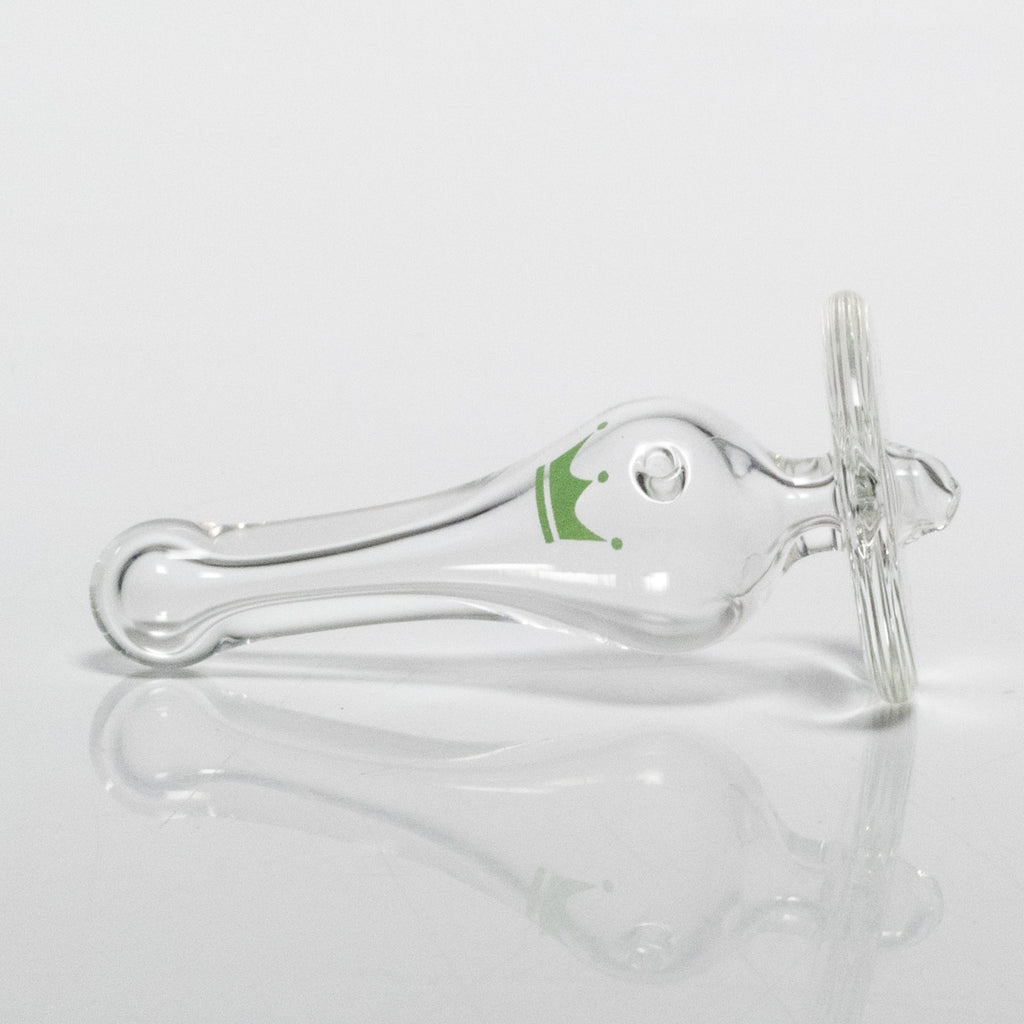

Just like a (break)down chorus, a (break)down verse is one where the dynamics drop down.ĭo you need to label it “Down Verse”? No, you could just label it “Verse 3” (or whatever) and put the dynamic marking ( p, mp, mf, etc) below the staff. And “breakdown” is an easier thing to say than “that third chorus where we play quietly.” But marking a chart “BREAKDOWN CHORUS” or simply “DOWN CHORUS” gives everyone a heads up as to what’s going on. (On a chart, I’d write “ALL IN” so we all know when & where to re-enter.)ĭoes breakdown chorus deserve its own distinct name? Eh, I could go either way.
SOLO LABELLER FULL
It’s frequently followed by a regular full volume chorus, or maybe the first half is down, but then the band returns loud and proud for the rest of it. Maybe everyone is playing quietly, or maybe the drums stay in but the bass & guitar drop out. It’s the chorus again, but with different dynamics. Songs that don’t have bridges frequently use this move. Sometimes you’ll hear people call the bridge a “middle eight” (because 8 bars is a common length for a bridge). Lyrically, the bridge probably contains the insight or surprise ( all this time he’s been singing to his wife it’s been at her graveside!).

The bridge is the third main section of a song, and its job is to keep us from getting bored by verse-chorus-verse-chorus.

The song might have a proper chorus that follows, or it might not. In my mind, a refrain is a lyrical hook that gets repeated at the end of each verse. People tend to use “refrain” and “chorus” interchangeably, but I wish they wouldn’t. In a song where the chords & melody are the same between the chorus and the verse, the chorus is the one where the lyrics are the same each time through. It’s usually louder & more intense than the verse (though songs like Karma Police invert that relationship to great effect). Generally speaking, the words don’t change from one chorus to the next, (but they might). This is the part that’s most anthemic, the part that everyone knows the words to, the part that gets repeated two or three times at the end of the song. In these cases, it’s usually enough to label them VERSE 1 and VERSE 2, etc.

You might see a second or third verse that’s different than the rest (but isn’t the bridge). Sometimes you’ll see a new melody (but the same chords) in a successive verse, but we still call it the verse. “Left a good job in the city” in the first verse becomes “Cleaned a lot of plates in Memphis” in the second verse and “ If you go down to the river” in the third. The melody & chords are usually the same from one verse to the next, but the lyrics change. The verse is where the story of the song gets told. Other times the world collectively decides that the song would be better off without the lead-in of the intro (did you know there’s a whole ‘nother section before “I’m dreaming of a white Christmas”? Same thing for “take me out to the ballgame…”) Sometimes it’s the most iconic part of the song (When Doves Cry and Let’s Go Crazy are prime examples). Usually the intro is instrumental, but not always. Maybe it’s a riff or a chord swell or a drum beat or a melodic figure that you repeat later. The thing that happens before the meat of the song. These terms aren’t set in stone, and you might see some variations or call it something different than the next person.


 0 kommentar(er)
0 kommentar(er)
